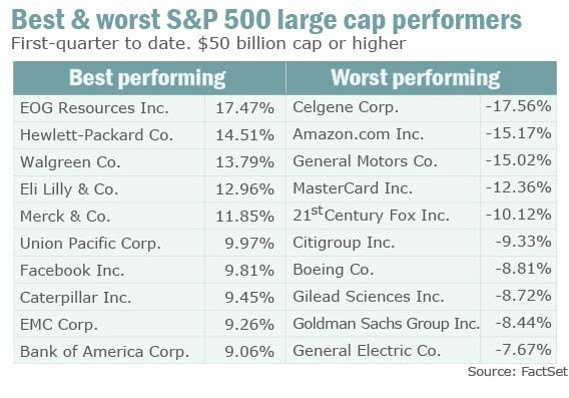Playing It Safe In Foreign Stock Markets
Post on: 16 Март, 2015 No Comment

For many, investing in foreign stock markets can be a challenging way to balance a portfolio, though the outcomes can often be rewarding. Investors that do get involved have the opportunity to participate in the long-term growth prospects of many emerging markets – markets that have faster growth rates in comparison with those developed nations.
Successful investing requires the understanding of the risks of investing in these types of markets, and how to buy stocks in the foreign markets.
These could include 10K s, 10Q s and other types of documents. In other countries, these laws do not apply, and it could be difficult to find accurate information on the company – never mind the fact that the information found may not be in English. Also, surprise political or economic events can affect the investment.
Currency Risk
When the currency of the country in which the investment is made appreciates, in comparison to the U.S. dollar, the value of the investment is worth more money. On the other hand, when it depreciates against the U.S. dollar, the value of the investment may be worth less. Also, some countries could impose currency restrictions that could delay or stop the ability to cash out of the country’s currency. (Read more in our related article, Protect Your Foreign Investments From Currency Risk .)
Buying in Foreign Markets
Volatility
Foreign stock markets can be volatile at times. These markets can have huge swings, both up and down. This can be more extreme in comparison with the U.S. markets, due to insider trading, manipulation or other factors. A good example of this occurred in Mexico in 1994.
Between 1989 and 1993, Mexico was able to control inflation and reduce its mounting foreign debt. Prior to 1994, the peso was pegged at a fixed rate to the U.S. dollar. When the government decided to widen the trading band from 3.47 to 4, there was a massive collapse in the peso, causing stocks on the Bolsa Mexicana de Valores (Mexican stock market) to decline as much as 60%.
It is important for investors in these markets to focus on long-term factors. While the markets can be volatile at times, the day-to-day up-and-down swings should not deter eager investors. There are many ways to become involved in foreign stock markets without having to deal with many of the above risks, such as American depository receipts (ADRs), exchange-traded funds (ETFs) and mutual funds .
American Depository Receipts
American depository receipts (ADRs) are foreign stocks that trade on U.S. stock exchanges. These are generally larger, more stable companies that are subject to U.S. listing and reporting standards. They have to file all appropriate documentation with the SEC, just to be listed. ADRs should be treated just like regularly-listed securities, as far as the inherent risks that go hand and hand with trading equities. (For more on ADRs, see our ADR Basics Tutorial .)
Exchange-Traded Funds
An exchange-traded fund is a fund that trades on a U.S. stock exchange that tracks an underlying index. It trades similarly to a stock, and can be bought and sold throughout a trading day. ETFs can be used to follow an index which correlates to a particular country or region. This creates more diversification by spreading out risk.
ETFs are required to follow U.S. reporting standards. The disadvantage of ETFs is that they could become volatile at certain times, as they may follow indexes from different countries. (For more on ETFs, see our Exchange-Traded Funds Tutorial .)
Mutual Funds
A mutual fund is an investment company that pools the money together from many investors. That money is used to invest in stock, bonds and other areas. The basic idea is that mutual funds can provide diversification by allowing investors to spread out the risk among many different areas. Mutual funds allow investors to dive into foreign markets in many ways, and the types of funds vary. Below are some of the types that investors can use:
- Global funds invest mainly in foreign companies, but can also invest in U.S. companies.
- International funds invest in specific companies outside the of the United States.
- Regional and country funds invest in a particular region or country.
- International index funds track the index of a particular country’s stock market.
Also, mutual funds are usually more diversified, so they can lessen some of the potential volatility.
However, like with ADRs and ETFs, they could be subject to the up-and-down swings that can occur in a market. As well, mutual funds tend to have numerous fees and loads which may deter many potential investors from buying in. (For more on mutual funds, see our Mutual Funds Tutorial .)
Conclusion
Investing in foreign stock markets can be challenging and rewarding, but these markets have their own exclusive hurdles. Buying ADRs, ETFs and mutual funds can help reduce some of these risks. All three are subject to American listing standards, trade in U.S. dollars and can be purchased through brokers. Still, market volatility can influence these investments at times, so long-term focus and caution are still important. (To read more on investing in foreign markets, read How Do I Invest In Foreign Stock Markets? . Pros And Cons Of Offshore Investing and Investing Beyond Your Borders .)














